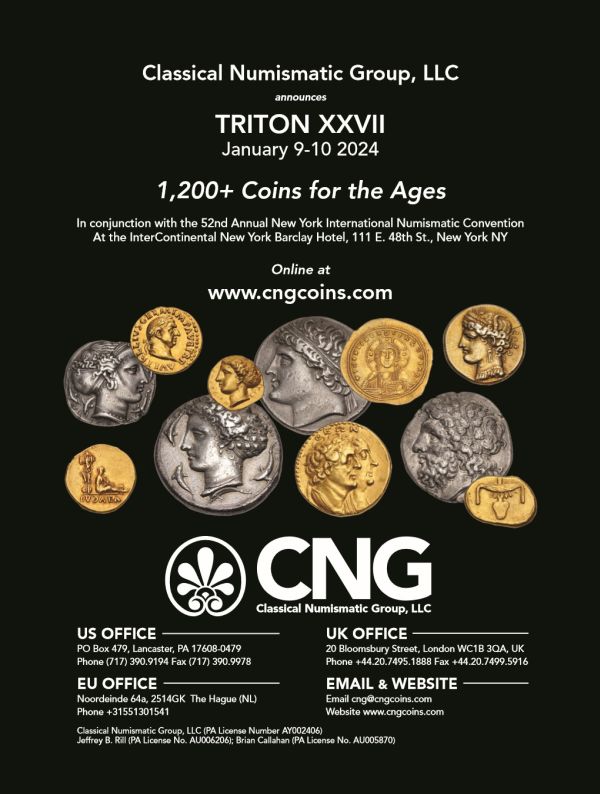
PREV ARTICLE
NEXT ARTICLE
FULL ISSUE
BLIND COIN COLLECTOR UPDATETom Babinszki publishes the Blind Coin Collector blog. Last week he reviewed accessible coin exhibits at the Bank of Canada Museum. This week he submitted these notes on his recent numismatic adventures and a new publication he's developing. Thanks! -Editor
In October I was invited to the Smithsonian to review their Really Big Money educational program for kids. They had done a great job making it accessible. I also visited the Bank of Canada museum, which you may know as the Currency Museum, which I visited a few years ago. They asked me to repeat my conference presentation, review their tactile exhibits, and we discussed tactile currency. While in Canada, I have heard about the Canadian Numismatic Resources. In a way it is similar to the Newman Numismatic Portal, except much smaller in volume, and as I understand there is only very little overlap. So, in case you haven't heard about it yet, I would highly recommend it.
The big thing this year was the development of artificial intelligence. I have used it in many different ways, particularly to make travel and collecting more accessible, but it just wasn't there where I could confidently write about it. However, with the release of new apps and the increased accuracy, though it still has issues, it is at a point where it is very usable. I wrote about how to use AI to recognize coins for blind people. At the moment, it is a completely different story for sighted people, there are some major developments going on, but the use cases for both groups are entirely different. For me, what is out there right now, is a game changer, and it is expected to improve further. I will keep you posted, because at this point, it is about new products as much as innovative use of existing ones. At last, I would like to tell you about a new resource I'm putting together. As I admitted in my last newsletter, I was trying to write a book for ten years, in which there are ideas for two books, but content for none. I found that I was mostly writing for the desk drawer (ok, hard drive, no, cloud account). But it just doesn't make much sense to me. I'd rather put out good but incomplete information than nothing at all. So, while I'm preparing my materials, I created a list of tactile currencies, and described the tactile marks. This is primarily for blind people who want to travel to countries which have tactile currencies, and the rest of my research is coming soon, but since this is information that is practically not available online, I thought I'd start with this. Even many national banks don't publish this information, so I have to email them individually, hoping that I will get a response. The other approach is to look at the individual bank notes, but it doesn't always feel like what it looks like. So, often, for lack of better, I order low denomination banknotes so I can verify the tactile features. Anyway, the resource is here, so far with 11 countries, it is a work in progress. I have evidence of over forty countries which have tactile currencies, but I'm still gathering information. As I am adding more to the list, I will also add this information to the Numista catalog.
Links:
To read the earlier E-Sylum article, see:
Wayne Homren, Editor The Numismatic Bibliomania Society is a non-profit organization promoting numismatic literature. See our web site at coinbooks.org. To submit items for publication in The E-Sylum, write to the Editor at this address: whomren@gmail.com To subscribe go to: https://my.binhost.com/lists/listinfo/esylum All Rights Reserved. NBS Home Page Contact the NBS webmaster 
|


